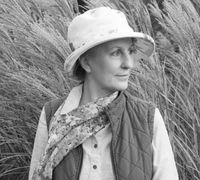How to plant bare root trees
Find out how to plant bare root trees and shrubs in your garden or in pots in winter for the best results
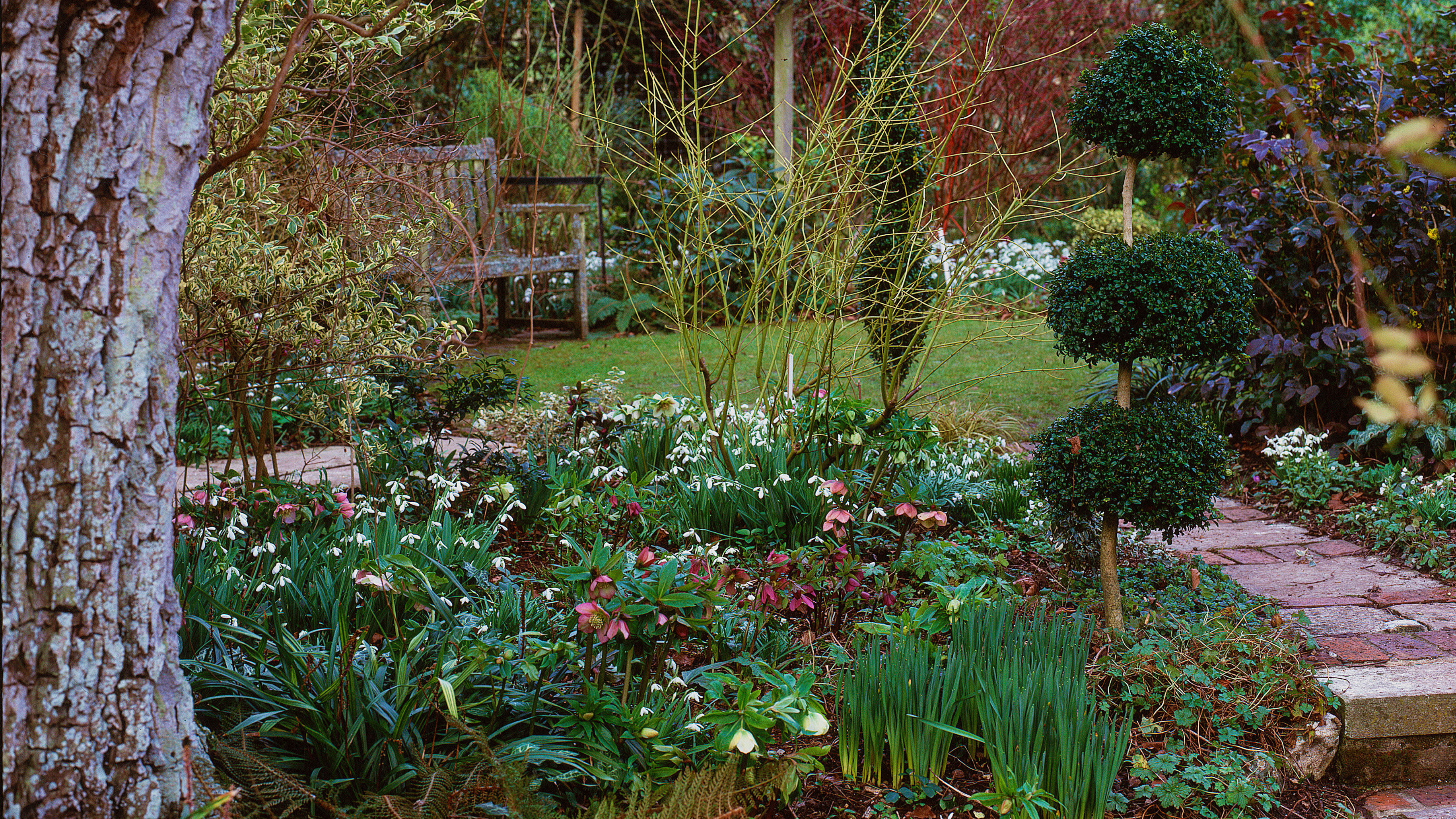
Once you learn how to plant bare root trees and shrubs, you will discover how easy and cost-effective it is for adding more plants to your garden.
Deciduous trees – those that lose their leaves over winter – go to sleep through through the colder months, and it is during this period of 'dormancy' when you need to get busy planting bare root trees.
Many deciduous trees, shrubs, hedging, and fruit trees are available as bare root plants, which simply means that there is no soil around the roots when they are delivered. If you include bare root trees as part of your backyard ideas for new plantings, you will find it will save you a lot of money.
As trees are one of the more expensive purchases for a garden, planting bare root trees makes particular sense as they can be a third to a half less expensive than trees sold balled and wrapped in sacking.
How to plant bare root trees for beginners
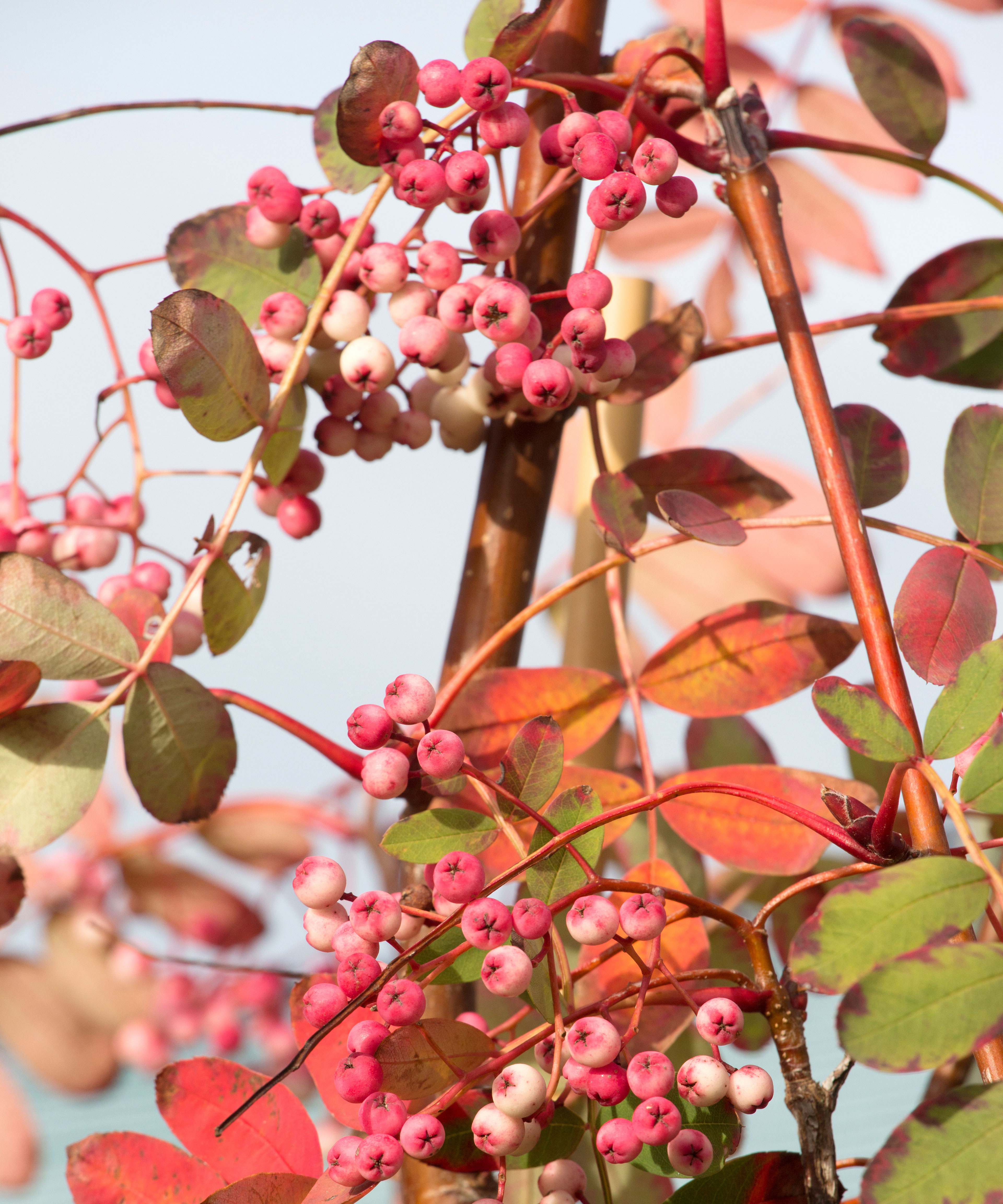
The system for planting bare root trees is is easy to follow and works well for many woody-based plants, too.
Bare root trees may resemble little more than a bunch of twigs with some roots attached when they arrive – but don't let that put you off as once planted, the roots will soon get busy establishing themselves below ground.
Some of the best trees for privacy and screening in a backyard can be planted as bare root specimens.
Design expertise in your inbox – from inspiring decorating ideas and beautiful celebrity homes to practical gardening advice and shopping round-ups.
When to plant bare root trees
As with planting a tree – any tree – you will have best results if you plant bare root trees between November and March. As for planning exactly when to plant trees, you can plant at any time in this period of dormancy during the winter months, as long as there are not icy, snowy, very windy or waterlogged conditions.
Bare root trees are commonly found through mail order and online stockists between November and March. There is a wide variety on offer, with some cultivars that may not be available in garden centers and nurseries, available online as bare root trees – so do some hunting.
Planting bare root trees step-by-step

Preparation is important when planting bare root trees to ensure the best results.
- Unwrap plants carefully and check them over for any signs of damage or disease.
- 'Carefully untangle the roots and soak the roots in water 3 to 6 hours. Do not allow the roots to dry out,' advise the experts at the Arbor Day Foundation.
- Dig a suitable size hole that won’t overbury the trunk. 'Dig a hole wider than seems necessary, so the roots can grow outward without crowding, say the Arbor Day Foundation experts.
- Refill the hole with soil and firm in around the tree, then stake it if needed.
- To help the tree roots to grow, remove grass in an area up to 3 feet in diameter from the trees and turn the soil.
- Finish with a generous watering.
- After watering, 'spread a protective mulch about two inches deep around the base of the tree, but not touching the trunk,' advise the Arbor Day Foundation experts.
- Remember to keep the area weed free for a diameter equal to the spread of its branches for the first two years.
- Bare root trees will need more watering during spring and early summer until established.
Bare-root trees frequently take off more quickly than containerised ones and many, especially grafted ones, have already been growing for two years before they are sold so you will be getting a good-sized tree ready to do well in your garden.
Research by Cornell University in New York discovered that a bare root tree contains 200% more roots than the same balled trees – so will get more tree for your money, too.
Planting bare root trees does require patience, as growth can take a while after planting to appear, but it will be worth the wait when you end up with a stronger and healthier – not to mention cheaper – tree.
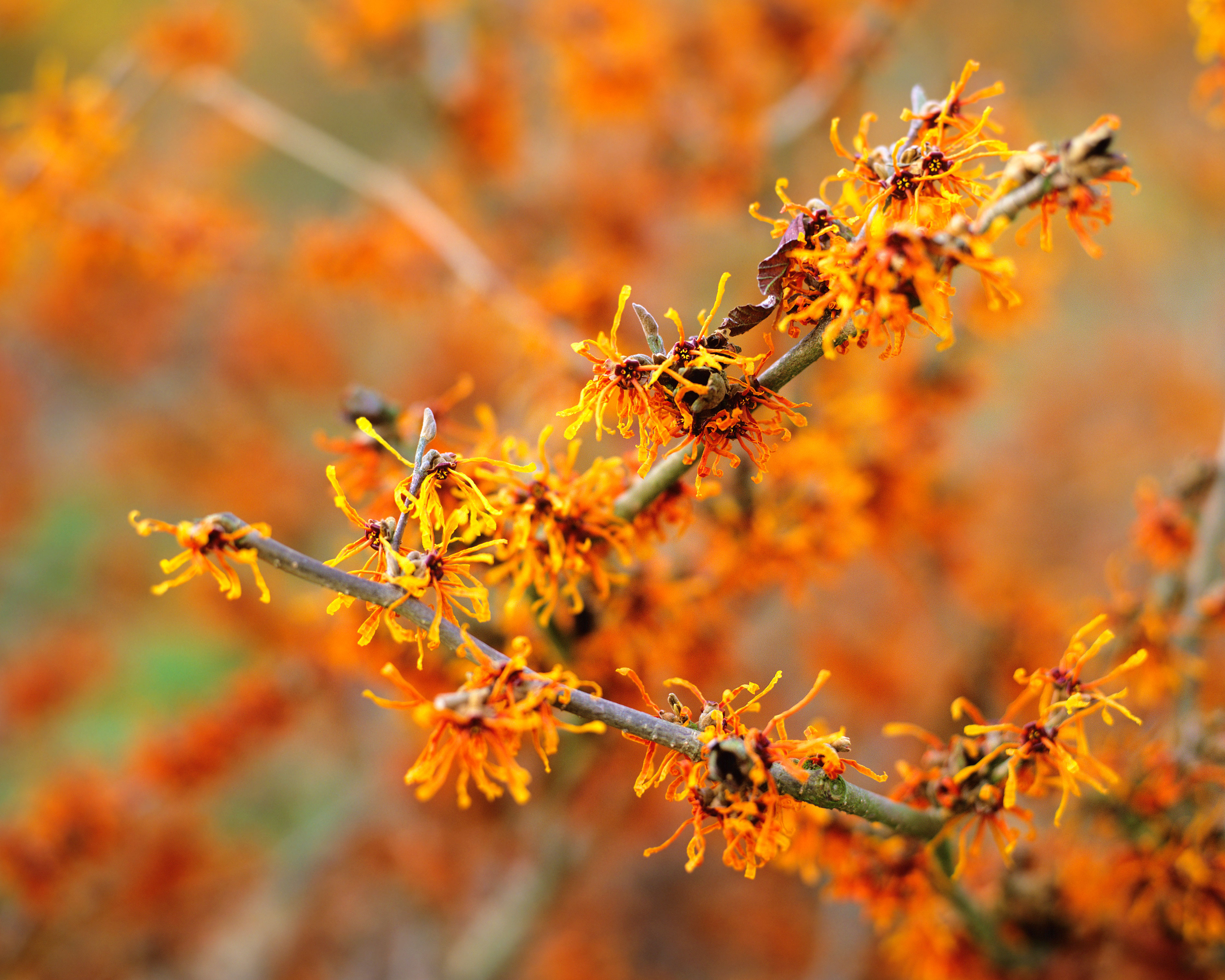
What trees can be planted bare root?
There are many deciduous trees that can be planted bare root. Good choices include acers, such as Japanese maple trees, amelanchier, pines, sorbus, prunus, hamamelis, beech, crab apple, birch, oak, as well as many fruit trees.
Often there will be a bigger selection of varieties available for planting bare root.
Consider shrub trees, too, that can offer spring blossom, summer flowers or berries and colorful stems in fall. Some of the best trees for autumn color will be available for planting bare root.
Choices include aronia, cornus, mahonia, berberis, deutzia, weigela, forsythia, viburnum and willow.
There are, however, some deciduous trees, ‘such as walnuts and magnolias, which have fleshy, brittle roots that are not well suited to bare root planting. Among the shrubs, brooms are noted for brittle roots,' explains Guy Barter, chief horticultural adviser for the RHS.
'Evergreens never really go dormant so, unlike deciduous trees, can dehydrate if their roots are uncovered. Instead, evergreens tend to be root-balled where the roots and associated soil are balled in sacking,’ explains Guy.
Whatever your choice of bare root tree, know the size of the plant at maturity to ensure you allow enough space in your chosen location for growth and maintenance needs, such as pruning. With a little patience, your twiggy specimens will soon establish and fill your garden with color and interest.
Planting bare root trees in pots
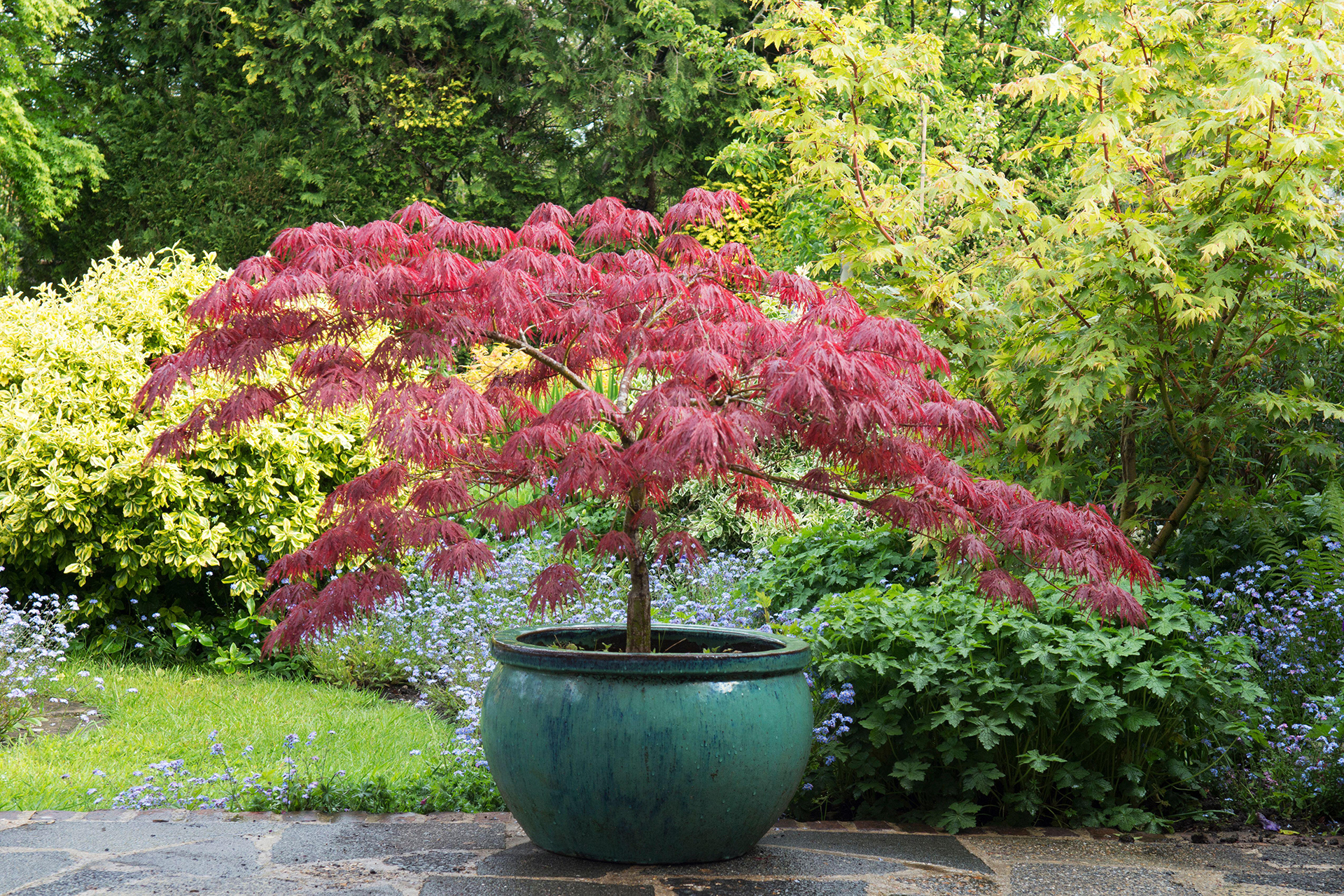
If you only have a small backyard or patio area and want to know how to plant bare root trees in pots, the process is very similar to planting them in the ground. There are many good trees to grow in pots so do not feel you will be limited with options.
To plant bare root trees in containers:
- Carefully unpack the tree, separate the roots and soak the roots in water for 3-6 hours, or overnight.
- Use a container that is large enough to allow at least two years' growth.
- Make sure the pot has good drainage and line the bottom of it with crocks.
- Fill the pot with soil slightly only very slightly enriched with compost. Do not use too much compost as if you want to plant the trees in the ground at some point in the future, then the closer the soil resembles that in the ground, the better the tree will survive when it is transplanted.
- 'Do not use fertilizer, potting soil, or chemicals on your young bare root trees. Such products will kill your young trees,' advise the experts at the Arbor Day Foundation.
- Place the bare root tree centrally in the pot and spread out the roots.
- Fill the pot with soil and bed it down.
- If necessary add a stake for support.
- Water well and keep well watered.

What can go wrong when planting bare root trees?
If you do not know the best process for how to plant bare root trees then there are a number of areas where you can go wrong.
‘Cramming roots into too small a hole is common – the roots then form a "duck’s foot" and fail to take,’ advises Guy Barter.
To solve this problem, ‘either dig a bigger hole or trim the roots. Gardeners are often surprised to know that most of the roots of bare root trees die soon after planting being replaced by new ones. In fact, fruit farmers planting orchards often ‘stringfellow’ their trees and remove all roots – they say it works well and saves time and money when planting,’ he adds.
The other fault is planting bare root trees too deep or too shallow. ‘Look for the mark on the stem showing where the soil level was in the nursery and plant so this sits a tiny bit below the finished surface,’ Guy recommends.
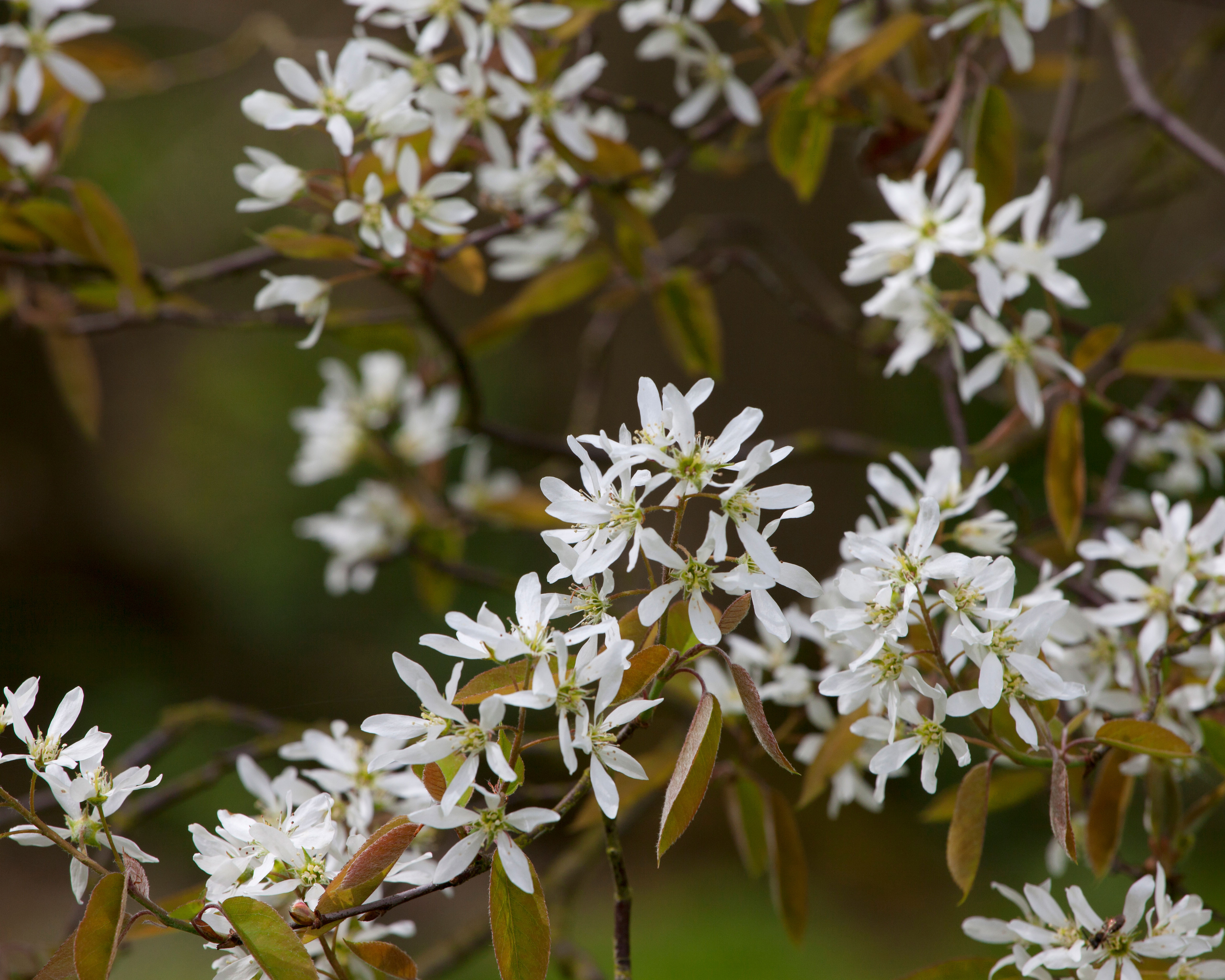
Why plant bare root trees?
The advantages of buying and planting bare root trees as part of your winter garden ideas are manifold:
- Bare root trees are cost-effective, as they are cheaper to produce, buy and transport.
- Larger trees and shrubs are more economical as bare root, compared to container-grown ones.
- There is a greater variety of plant choices.
- Planting bare root trees is easier as they are lighter to manoeuver.
- The trees are planted while dormant, giving them time before spring for root growth
- The trees take off more quickly than pot grown as the roots are in direct contact with the soil.
- There is less chance of the trees suffering from transplant shock.
- There is a higher rate of survival when planting bare root trees.
- Trees planted bare root are generally more robust and are grown in open ground so tend to be bigger and stronger than container grown trees.
- Planting bare root trees is a more carbon positive, environmentally friendly option as there is no need for plastic pots.
- Bare root trees are less likely to suffer from root rot.
Bare root trees will generally establish better than pot grown trees.
‘This is due to the fact that the bare root trees are grown in soil rather than compost and are then moved during their dormant winter period and planted again in soil, which allows the roots time to establish before the tree breaks dormancy in the spring,' explains nursery manager, Karim Habibi, of specialist fruit tree nursery, Keepers.
One of the biggest issues facing a transplanted tree’s establishment is access to water for the tree to effectively carry on growing. 'Pot grown trees are grown in compost, which is very different to soil in terms of water retention; once planted in soil there will be a barrier where the roots will face different conditions,’ adds Karim.
How long can you leave bare root trees before planting?
You must plant bare root trees as soon as possible after receiving them for successful establishment, ideally within 24 hours.
If for any reason you can’t plant out the bare root tree immediately, such as due to frozen ground, leave them wrapped and store somewhere out of the elements for a few days
Another option when you need to delay in planting bare root trees is to use the ‘heeling-in’ technique to store them in the ground or in a container. To do this:
- Dig a shallow trench.
- Lie the tree or shrub at 90 degrees to the trench so the roots are at the bottom.
- Cover the roots with soil and firm it down to remove air pockets.
Should you soak bare root trees before planting?
You should soak bare root trees before planting to awaken the roots and help revive them. Trees will take longer to awaken, so if possible soak the roots overnight and ideally use rainwater.
Bare root shrubs don't need soaking for quite as long, but put the roots in a bucket of water for around 30 minutes to an hour to revive them.

Leigh Clapp is a professional photographer with over 25 years experience, primarily as a garden specialist photojournalist but also with food and travel. She delights in exploring gardens, discovering the tiny elements to their overall essence and meeting lots of enthusiastic gardeners along the way. Leigh’s work appears in magazines, newspapers and books, both in the UK and abroad, including Period Living, Country Life, and Gardens Illustrated; as well as being sole photographer for a number of books, including Garden Details, Feng Shui in the Garden, Vertical Gardens and From the Garden – fresh seasonal cooking.

